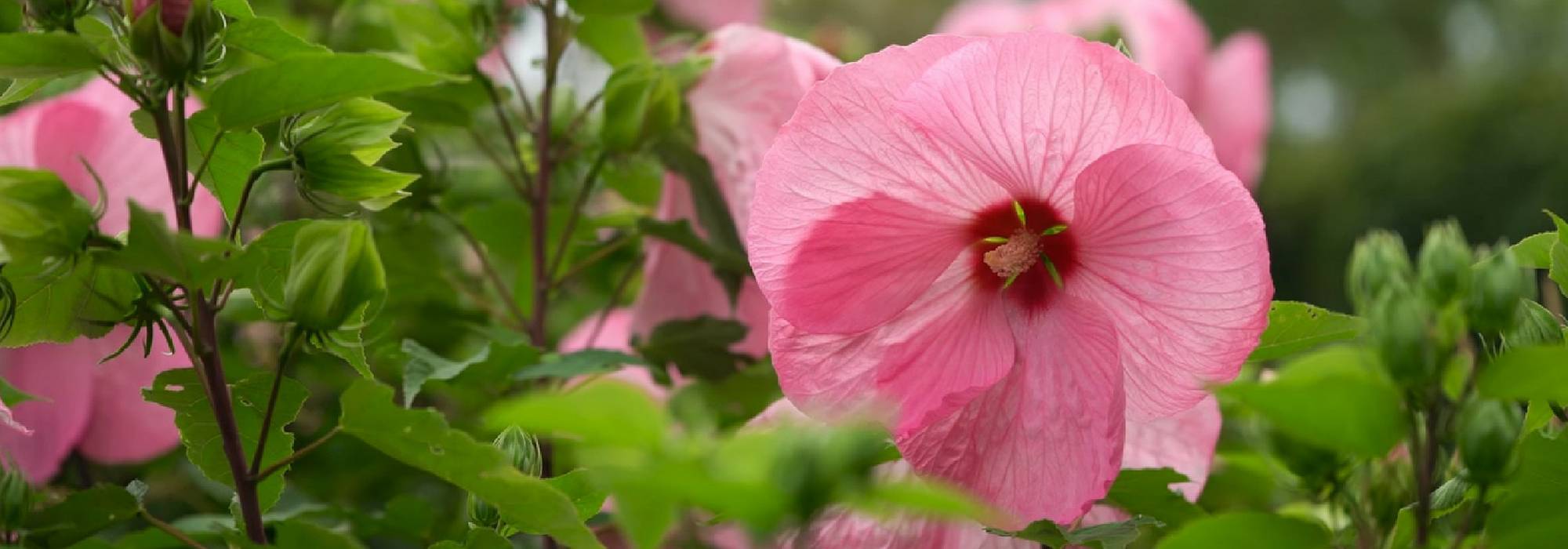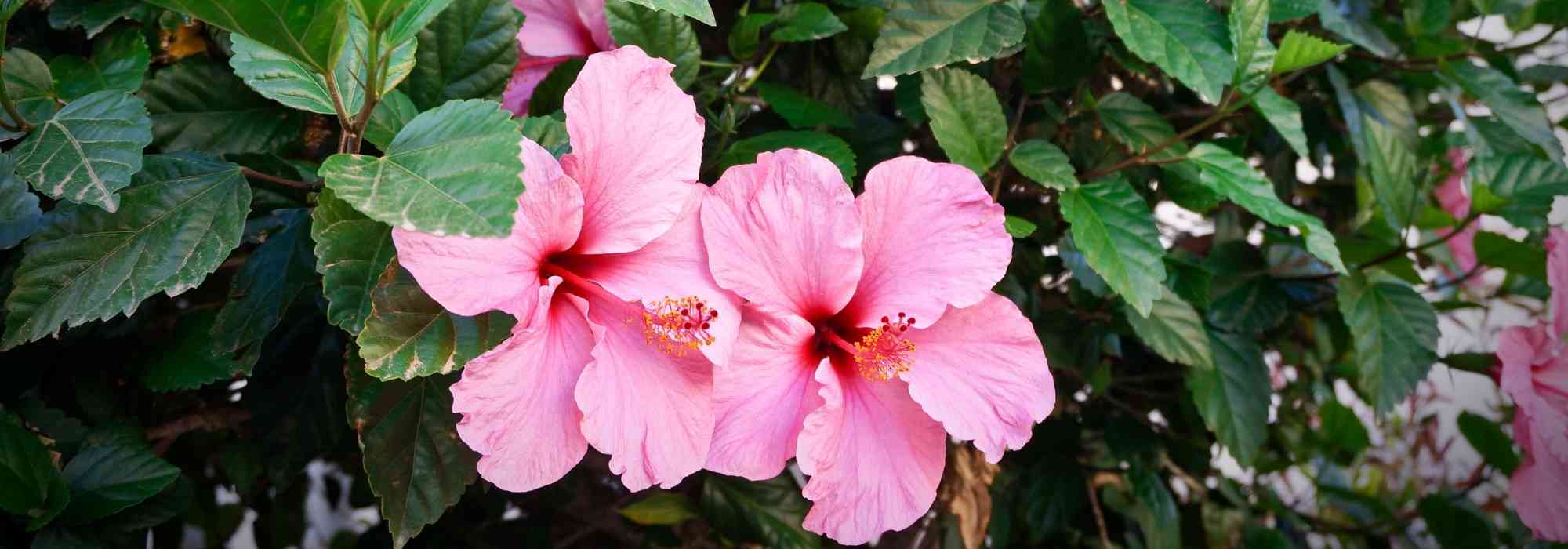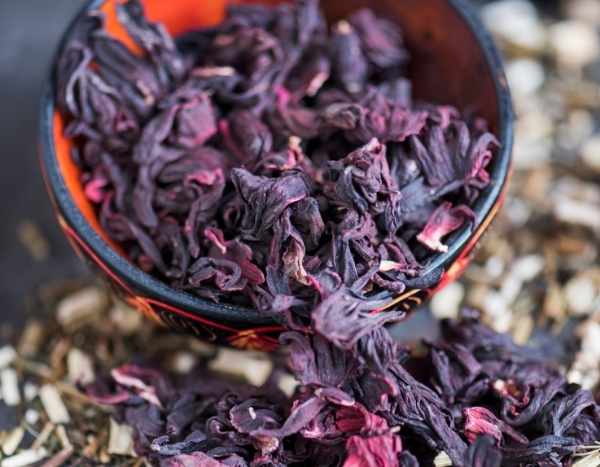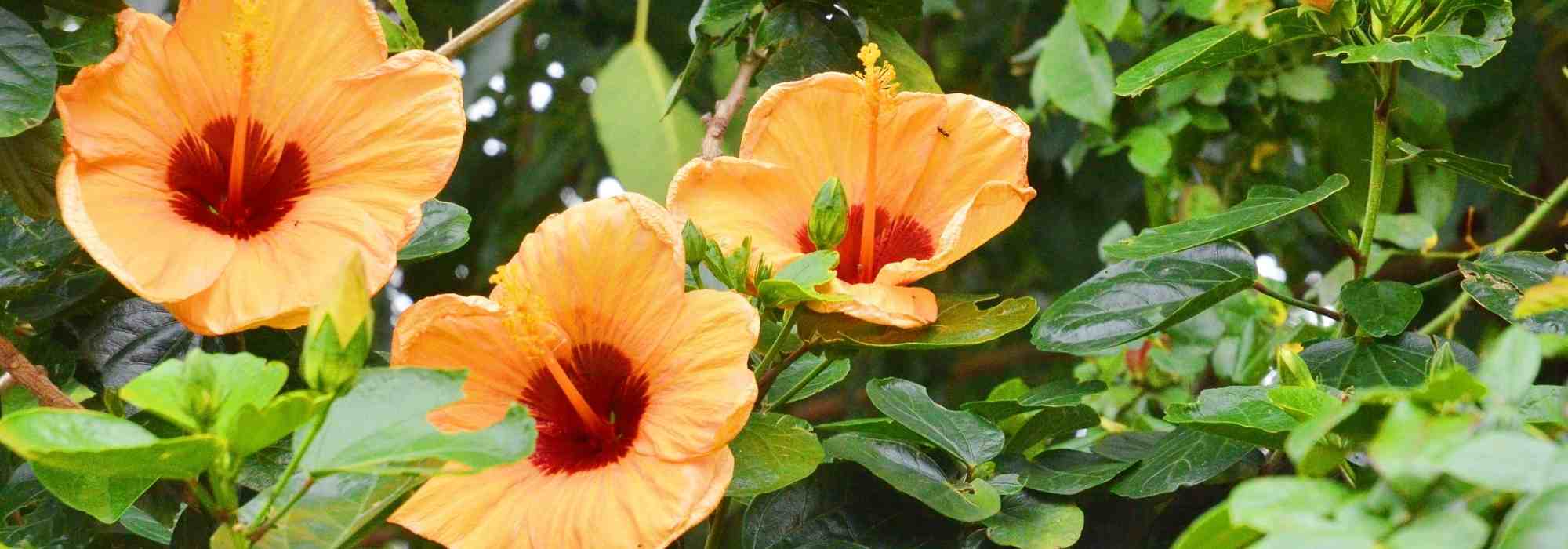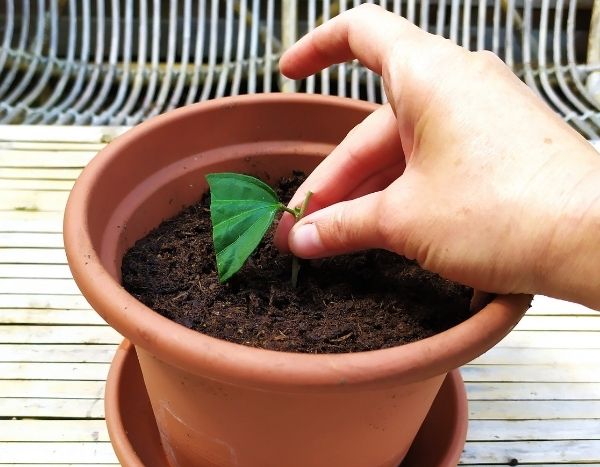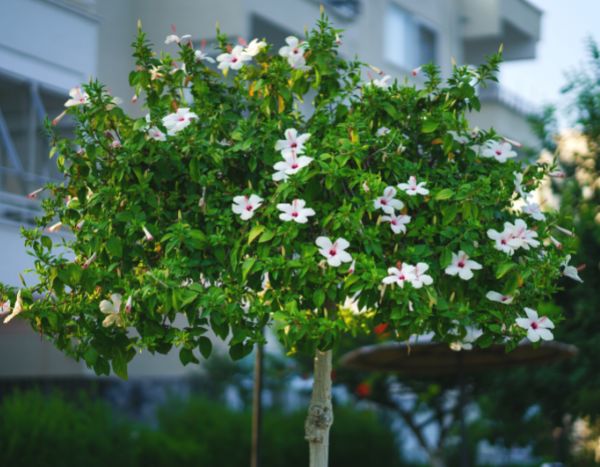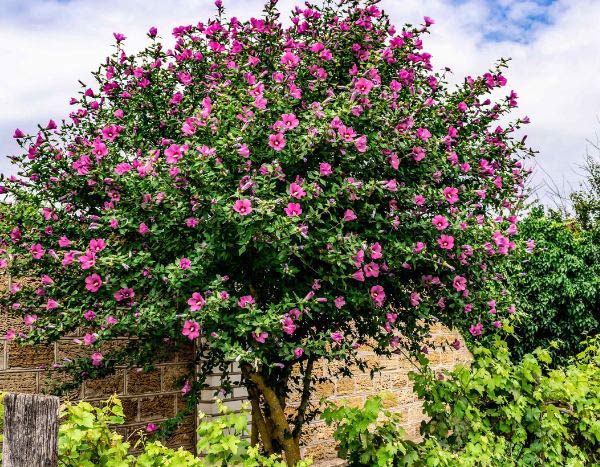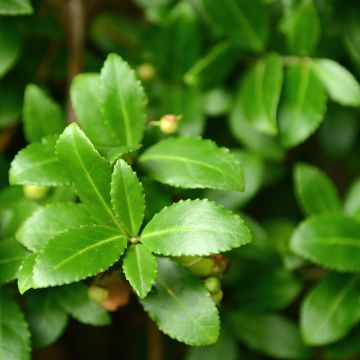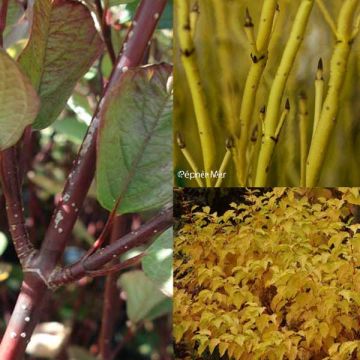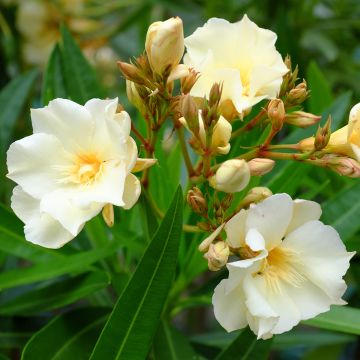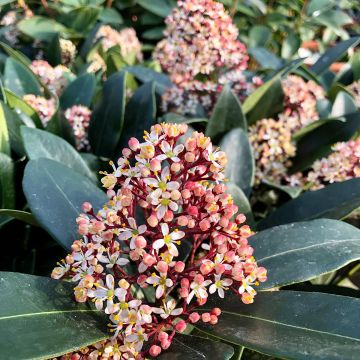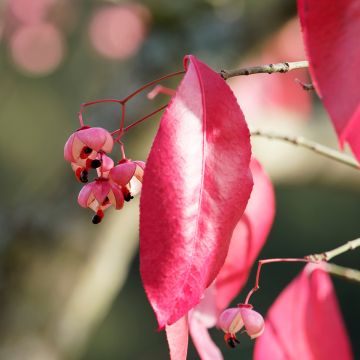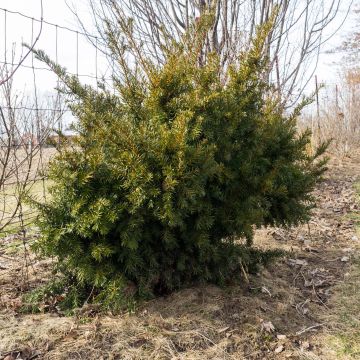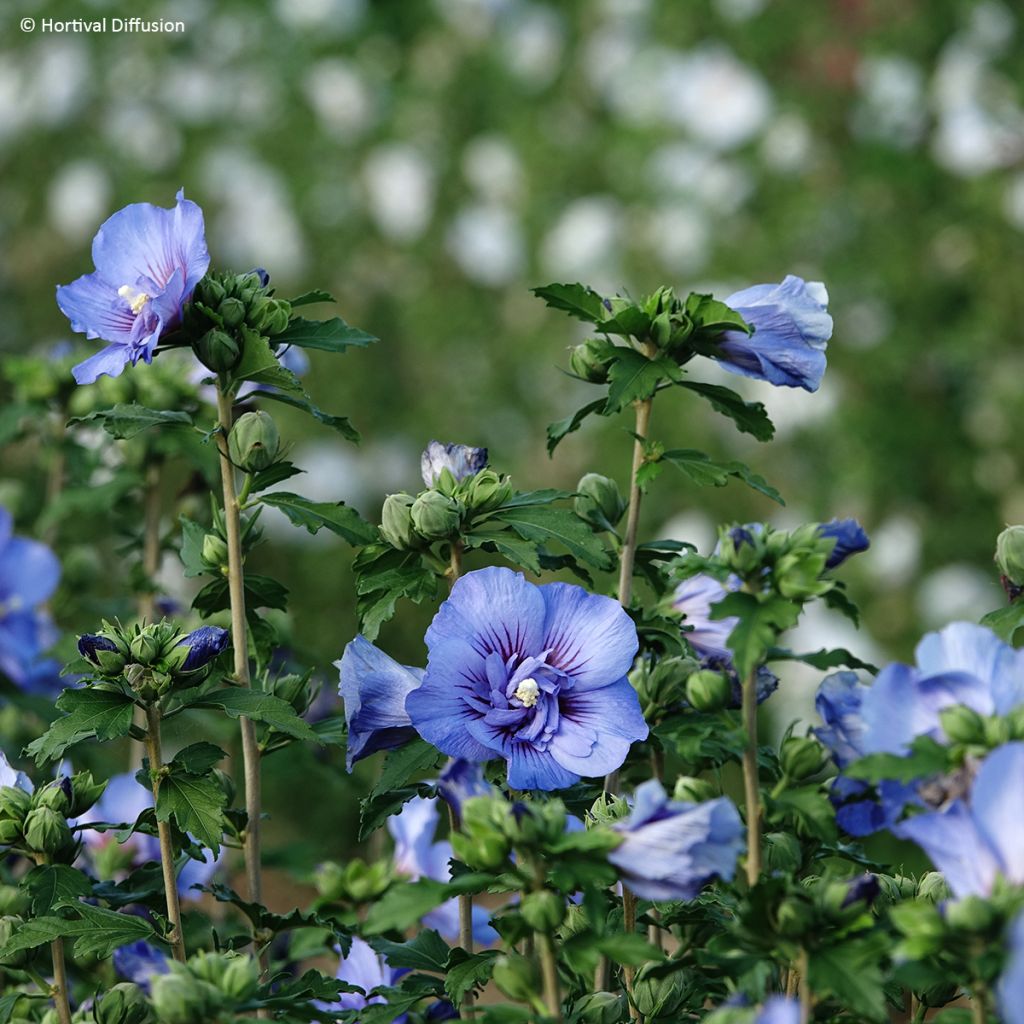

Hibiscus syriacus Beautiful Cobalt - Rose of Sharon
Hibiscus syriacus Beautiful Cobalt - Rose of Sharon
Hibiscus syriacus 'Minsybfcble17', BEAUTIFULL® Cobalt
Common Hibiscus, Rose of Sharon, Syrian ketmia, St Joseph's rod, Garden Hibiscus
Special offer!
Receive a €20 voucher for any order over €90 (excluding delivery costs, credit notes, and plastic-free options)!
1- Add your favorite plants to your cart.
2- Once you have reached €90, confirm your order (you can even choose the delivery date!).
3- As soon as your order is shipped, you will receive an email containing your voucher code, valid for 3 months (90 days).
Your voucher is unique and can only be used once, for any order with a minimum value of €20, excluding delivery costs.
Can be combined with other current offers, non-divisible and non-refundable.
Home or relay delivery (depending on size and destination)
Schedule delivery date,
and select date in basket
This plant carries a 24 months recovery warranty
More information
We guarantee the quality of our plants for a full growing cycle, and will replace at our expense any plant that fails to recover under normal climatic and planting conditions.

Does this plant fit my garden?
Set up your Plantfit profile →
Description
Hibiscus syriacus Beautifull® Cobalt 'Minsybfcble17' has captivating deep blue, large, double-centred flowers, which bloom consistently from summer through autumn on the current year's wood. This variety of Rose of Sharon, with its upright habit and strong stems, makes a striking presence in the garden, whether planted as a specimen, in an informal hedge, or in a large pot. It offers a fine balance between exotic appeal and hardiness, as it tolerates both intense heat and harsh winters. It is a generous, decorative, reliable plant, suitable for both city gardens and more natural settings.
Hibiscus syriacus Beautifull® Cobalt ‘Minsybfcble17’ belongs to the Malvaceae family. It is also known as Rose of Sharon, shrub althea, or tree mallow. The species Hibiscus syriacus, also called Althaea frutex or Ketmia syriaca, is native to eastern Asia, mainly China, Taiwan, Korea, and northern India. It is a deciduous, hardy shrub with significant longevity and a deep root system.
The ‘Minsybfcble17’ cultivar, marketed as Beautifull® Cobalt, was developed in France by Hortival Diffusion in 2024; it is an improved selection of the Blue Chiffon® variety. It belongs to the Beautifull® series, characterised by better repeat flowering, a more branched and upright structure, reinforced stems that support the flowering well, and clean flower drop with few fruits formed.
Beautifull® Cobalt is a compact, naturally upright shrub with strong stems that become woody by the second year. It reaches about 3m in height and 1m in width at 10 years when planted in the ground. In a container, height generally remains under 2m, depending on pot size and pruning frequency. The foliage yellows and drops in autumn, then regrows in spring. The leaves are single, alternate, trilobed, measuring between 5 and 10cm long, with a toothed margin and a clear mid-green colour.
The flowering period extends from July to October, with excellent repeat performance. The flowers appear solitary in the leaf axils and measure 8 to 10cm in diameter. They are semi-double, with a centre composed of petaloids. Their colour is an intense blue, tinged with mauve, with a throat veined in garnet red. The style and stamens are cream to ivory, grouped in a tube typical of the Hibiscus genus. The flowers are scentless but highly attractive to pollinating insects. The plant produces few fruits, which prolongs flowering and limits debris after blooming. The stems of this Rose of Sharon are robust, cylindrical and grey-brown with a smooth surface in the early years, becoming more marked with lenticels and striations with age. The bark cracks slightly as it matures.
Adorned with velvety cobalt blue blooms, Hibiscus syriacus Beautifull® Cobalt brings a theatrical quality to summer scenes, especially in strong light. Place it as a backdrop to a bed of bush sages, beside a Chaste Tree or a compact Crape Myrtle, to create a vibrant display in the sun. For a softer atmosphere, pair it with Russian Sages, catmints, and a Wisteria trained as a standard: its intense blue colouring will evoke a Provençal fresco. In a container on a south-facing terrace, it can be combined with cloud-like grasses or softly structured cosmos. This plant has character, so give it a setting to match!
Hibiscus syriacus Beautiful Cobalt - Rose of Sharon in pictures
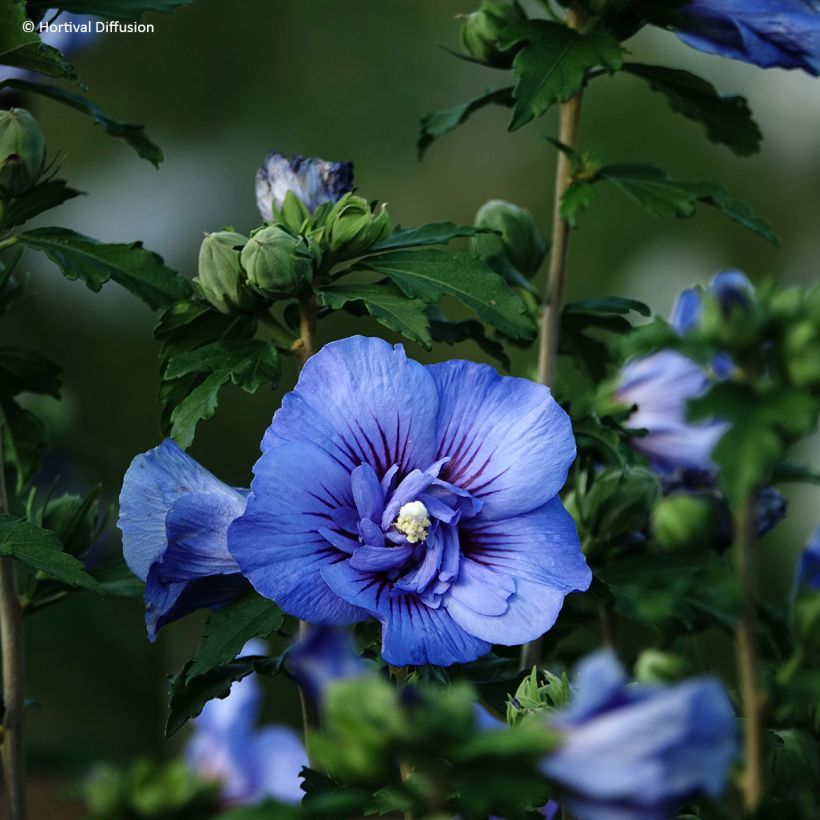

Plant habit
Flowering
Foliage
Botanical data
Hibiscus
syriacus
'Minsybfcble17', BEAUTIFULL® Cobalt
Malvaceae
Common Hibiscus, Rose of Sharon, Syrian ketmia, St Joseph's rod, Garden Hibiscus
Hibiscus syriacus 'Minsybfcble17', Hibiscus syriacus BEAUTIFULL® COBALT
Cultivar or hybrid
Planting and care
Plant Hibiscus syriacus 'Beautifull Cobalt' in spring or autumn, in a sunny position, or even partial shade in southern regions, in deep, loose, fairly rich soil. Lime is well tolerated. Make a large planting hole, add some compost and sand to your garden soil to improve the soil quality if needed. Water thoroughly after planting. Don't worry if growth doesn't start until May; this is completely normal for this bush.
Although rose mallows tolerate heat and occasional dry soils, they are more beautiful and floriferous in soil that retains some moisture in summer. Mulch around the base of these generous bushes if necessary.
Planting period
Intended location
Care
Planting & care advice
This item has not been reviewed yet - be the first to leave a review about it.
Similar products
Haven't found what you were looking for?
Hardiness is the lowest winter temperature a plant can endure without suffering serious damage or even dying. However, hardiness is affected by location (a sheltered area, such as a patio), protection (winter cover) and soil type (hardiness is improved by well-drained soil).

Photo Sharing Terms & Conditions
In order to encourage gardeners to interact and share their experiences, Promesse de fleurs offers various media enabling content to be uploaded onto its Site - in particular via the ‘Photo sharing’ module.
The User agrees to refrain from:
- Posting any content that is illegal, prejudicial, insulting, racist, inciteful to hatred, revisionist, contrary to public decency, that infringes on privacy or on the privacy rights of third parties, in particular the publicity rights of persons and goods, intellectual property rights, or the right to privacy.
- Submitting content on behalf of a third party;
- Impersonate the identity of a third party and/or publish any personal information about a third party;
In general, the User undertakes to refrain from any unethical behaviour.
All Content (in particular text, comments, files, images, photos, videos, creative works, etc.), which may be subject to property or intellectual property rights, image or other private rights, shall remain the property of the User, subject to the limited rights granted by the terms of the licence granted by Promesse de fleurs as stated below. Users are at liberty to publish or not to publish such Content on the Site, notably via the ‘Photo Sharing’ facility, and accept that this Content shall be made public and freely accessible, notably on the Internet.
Users further acknowledge, undertake to have ,and guarantee that they hold all necessary rights and permissions to publish such material on the Site, in particular with regard to the legislation in force pertaining to any privacy, property, intellectual property, image, or contractual rights, or rights of any other nature. By publishing such Content on the Site, Users acknowledge accepting full liability as publishers of the Content within the meaning of the law, and grant Promesse de fleurs, free of charge, an inclusive, worldwide licence for the said Content for the entire duration of its publication, including all reproduction, representation, up/downloading, displaying, performing, transmission, and storage rights.
Users also grant permission for their name to be linked to the Content and accept that this link may not always be made available.
By engaging in posting material, Users consent to their Content becoming automatically accessible on the Internet, in particular on other sites and/or blogs and/or web pages of the Promesse de fleurs site, including in particular social pages and the Promesse de fleurs catalogue.
Users may secure the removal of entrusted content free of charge by issuing a simple request via our contact form.
The flowering period indicated on our website applies to countries and regions located in USDA zone 8 (France, the United Kingdom, Ireland, the Netherlands, etc.)
It will vary according to where you live:
- In zones 9 to 10 (Italy, Spain, Greece, etc.), flowering will occur about 2 to 4 weeks earlier.
- In zones 6 to 7 (Germany, Poland, Slovenia, and lower mountainous regions), flowering will be delayed by 2 to 3 weeks.
- In zone 5 (Central Europe, Scandinavia), blooming will be delayed by 3 to 5 weeks.
In temperate climates, pruning of spring-flowering shrubs (forsythia, spireas, etc.) should be done just after flowering.
Pruning of summer-flowering shrubs (Indian Lilac, Perovskia, etc.) can be done in winter or spring.
In cold regions as well as with frost-sensitive plants, avoid pruning too early when severe frosts may still occur.
The planting period indicated on our website applies to countries and regions located in USDA zone 8 (France, United Kingdom, Ireland, Netherlands).
It will vary according to where you live:
- In Mediterranean zones (Marseille, Madrid, Milan, etc.), autumn and winter are the best planting periods.
- In continental zones (Strasbourg, Munich, Vienna, etc.), delay planting by 2 to 3 weeks in spring and bring it forward by 2 to 4 weeks in autumn.
- In mountainous regions (the Alps, Pyrenees, Carpathians, etc.), it is best to plant in late spring (May-June) or late summer (August-September).
The harvesting period indicated on our website applies to countries and regions in USDA zone 8 (France, England, Ireland, the Netherlands).
In colder areas (Scandinavia, Poland, Austria...) fruit and vegetable harvests are likely to be delayed by 3-4 weeks.
In warmer areas (Italy, Spain, Greece, etc.), harvesting will probably take place earlier, depending on weather conditions.
The sowing periods indicated on our website apply to countries and regions within USDA Zone 8 (France, UK, Ireland, Netherlands).
In colder areas (Scandinavia, Poland, Austria...), delay any outdoor sowing by 3-4 weeks, or sow under glass.
In warmer climes (Italy, Spain, Greece, etc.), bring outdoor sowing forward by a few weeks.






























